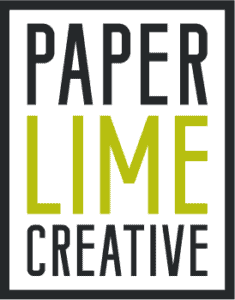Logos Have Changed a Lot Over Time
The term branding actually originates from agriculture and the farming brands ranchers would use to mark their livestock. This ensured that a wandering cow could get back to their owner, or someone would know if a cow was stolen or not! Branding irons are still used by cattle ranchers today to indicate ownership. This is sometimes why logo design is confused with branding, because of the simple marks they both originated from.
Branding then evolved across different “industries”. These small cottage industries (nothing like what we would refer to as an industry now) would mark their product with a unique mark so that anything customers could flow back to them. If people had a preference, they would know who to go back to based off of the unique mark. This became more associated with quality and personal preference rather than ownership like with livestock.

These marks started to get more involved and the branding process more complex in the 18th century. This is the century we start seeing the beginnings of what we now call advertising and logo design. In the 1900s, advertising would mostly be in the form of newspaper advertisements, posters and packaging. The goal of these early advertisements was recognition as well as creating intrigue to win new customers. Now more than ever, this century of branding was to show quality and differentiation between competitors to ensure that people would always come back to the same business.
Industry looks vastly different now than in the early 1900s, but having a favourite flour or soap would have been very competitive. If we’re honest with ourselves, we probably still have preferences for some of these simple household objects that we don’t think about. We often talk about our preference between Mac or PC, but do you always grab Robin Hood flour or Ivory soap?
Like anything competitive, advertising and branding has evolved as the marketplace has become more saturated. Just like doing a triple axel in skating was previously unheard of, now it’s so common that if you can’t do one, you’re out of the competition.
While branding started as a simple logo mark, it started to include more, as more mediums became available–television, radio, mass produced print, and eventually the internet and social media. As we’ve started to have a better understanding of what consumers want and are looking for, businesses have been forced to get more creative and compelling with their branding. Our attention spans are getting shorter and the market is getting more and more packed.

We define branding as every interaction you have with your customer. This means that even if you haven’t had your brand professionally done, that you do in fact have a brand! It just might be disjointed, or dictated for you by those interacting with it, instead of you being in control as the business owner. There are so many components to branding it can feel overwhelming, which is why it’s important to have the right team, whether in-house or contractors, in place to help you navigate branding, marketing and advertising while you do what you do best.
Branding is an integral component to building customer trust. While the mechanics of branding appear to have changed, the fundamental consumer need hasn’t: people want to find you, and know what to expect every single time.
